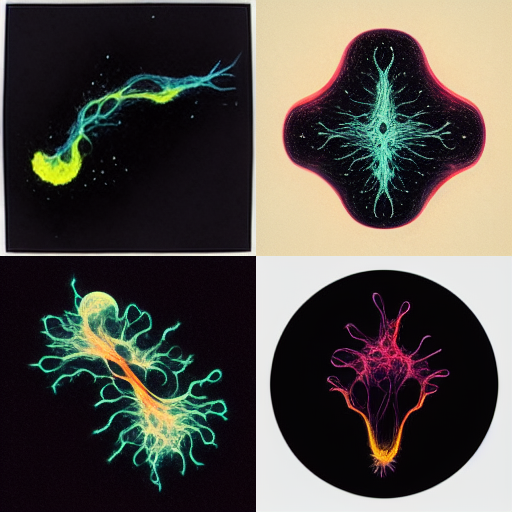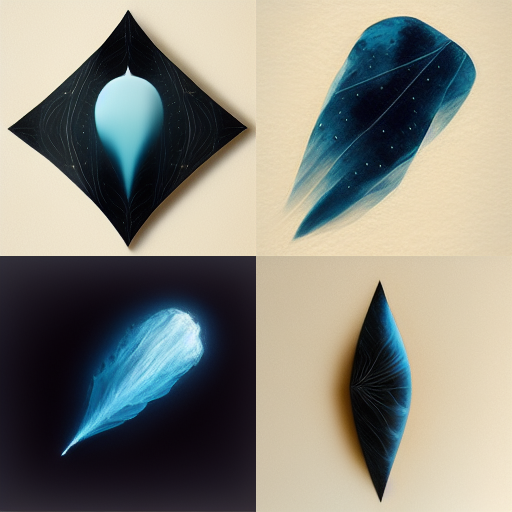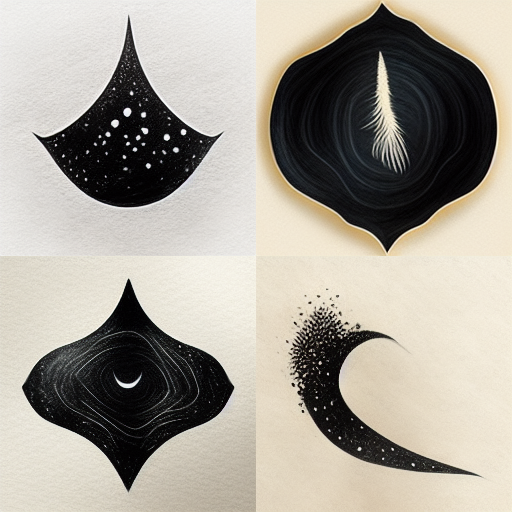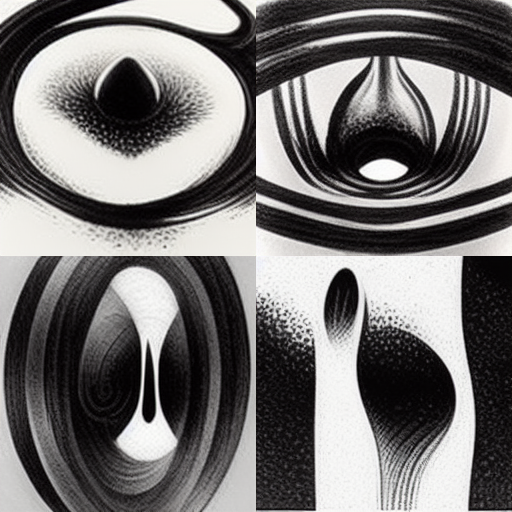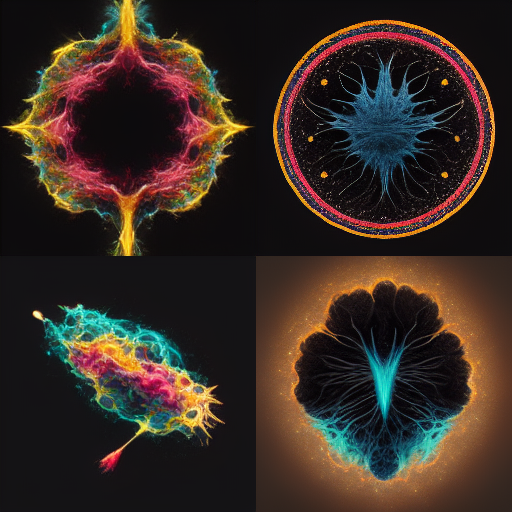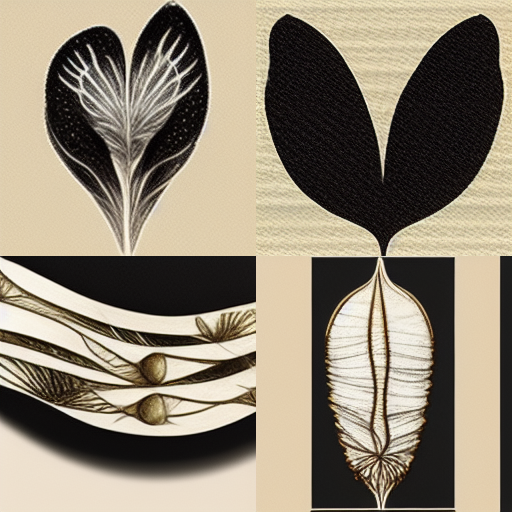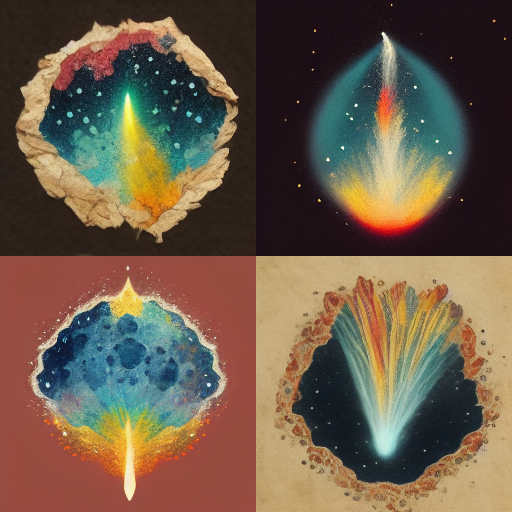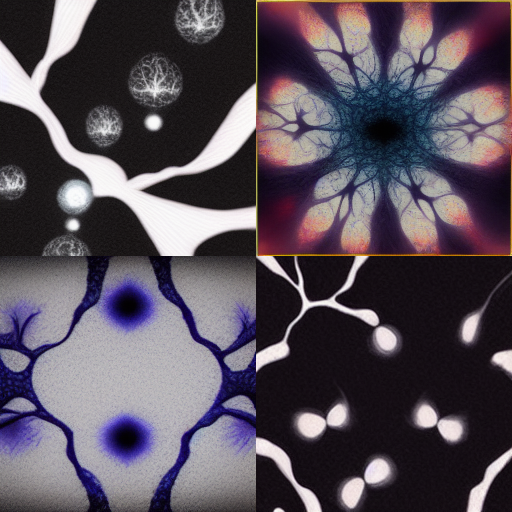
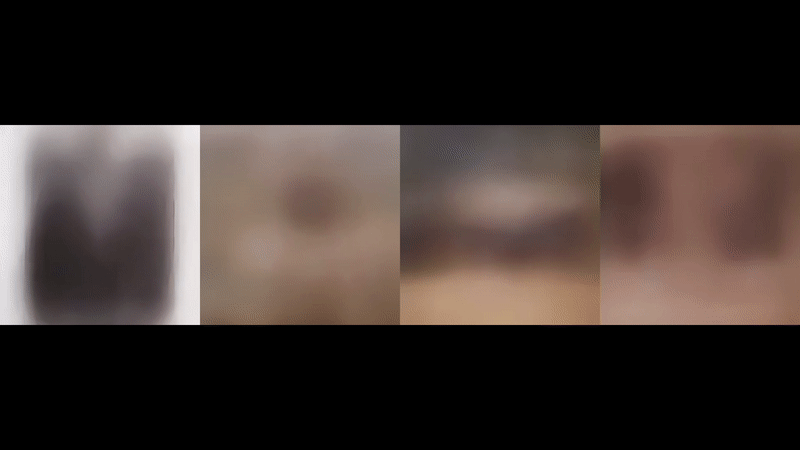
Inspiration
"The Book of Silk"
The ancient Chinese book "Divination by Astrological and Meteorological Phenomena" (also known as the Book of Silk) was compiled by Chinese astronomers during the Western Han Dynasty (202BC - 8AD).

Divination by Astrological and Meteorological Phenomena. Photo credit: Hunan Museum in Changsha, China.
The reading order of the Book of Silk is from right to left, top to bottom. Below is a brief listing of its content:
- Clouds (row 1 and beginning of row 2)
- Mirages (after the clouds, until the middle of row 2)
- Solar/moon halos (most of the content from the middle of row 2 to row 5, mostly damaged)
- Rainbows (mainly at the beginning of row 6)
- Comets (most of row 6)
- Stars (on both sides of the comet series in row 6)
The divination book links each phenomenon with an important historical event so that future generations could use it as a reference to predict the future.
Among all the phenomena, the comet series is best preserved. The silk book listed 29 comets (1 worn out already) that appeared over 300 years, and each comet is associated with a historical event, ranging from the empowerment of emperors to plagues and wars.

Comet series in Divination by Astrological and Meteorological Phenomena. Under each comet, the event that linked to its appearance and the name of the scribe were recorded correspondingly. Photo credit: Hunan Museum in Changsha, China.
Comets and Nature
Recent astronomical research suggests that comets may have brought water to Earth. This hypothesis sparked my interest in the connection between comets and Nature, as well as the connection between the microscopic and macroscopic views of our universe.




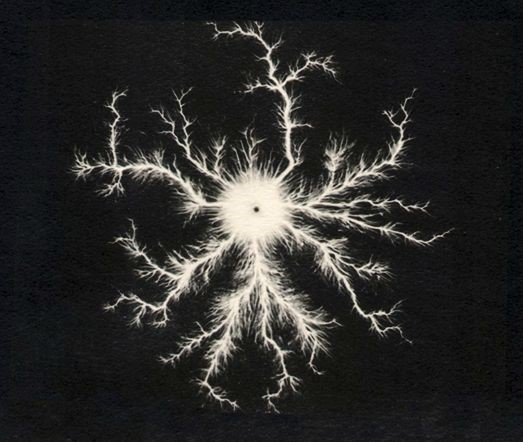
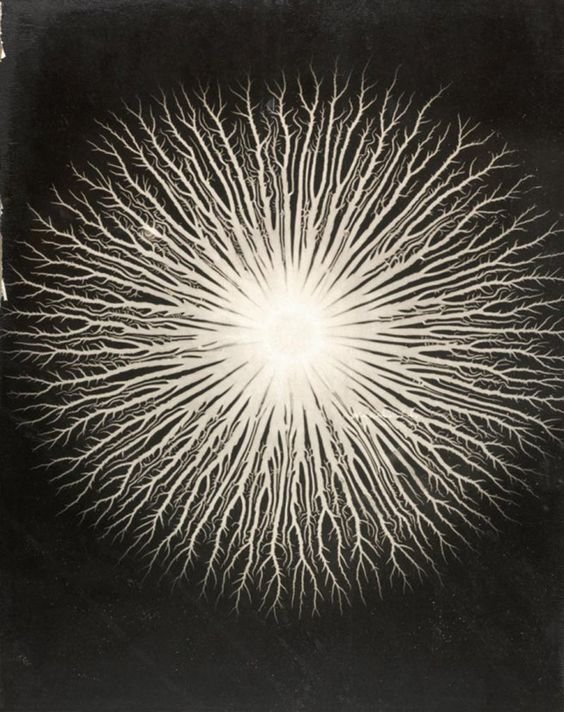

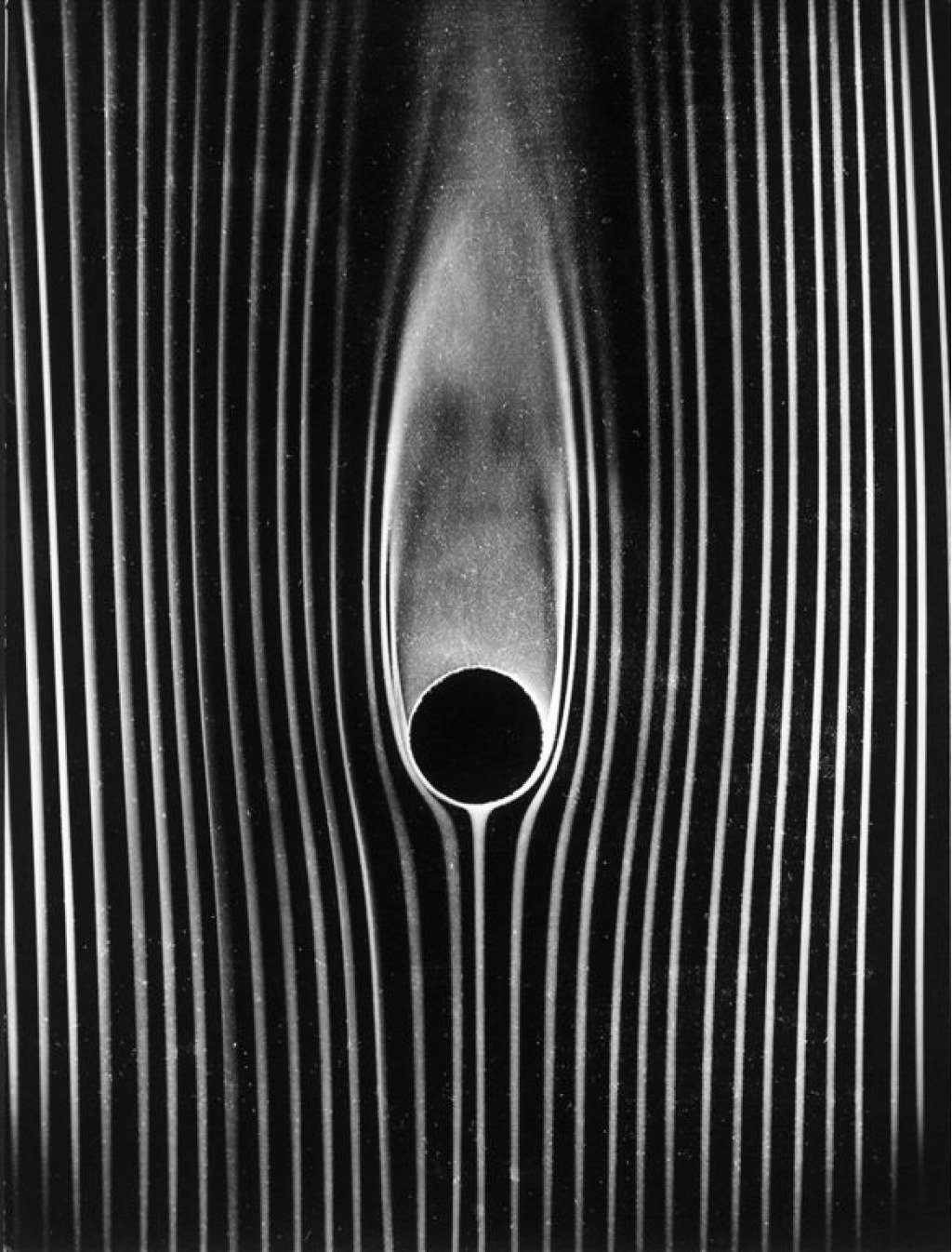
Production
AI Images and Animations
To create the visuals in the installation, I used Midjourney to remix the design of each comet diagram with images of life or natural phenomena on Earth that share similar visual characteristics. For example, the comet diagram may be remixed with a picture of brain neurons or invisible bacteria. The resulting images are projected to create an immersive experience as a series of composite comet images. These images blur the lines between macro and micro, ancient and modern, and cosmic and terrestrial.
To arrange the animation clips, I decided to put them in a line, so that the projection mimics the shape of an ancient Chinese scroll. Standing in front of the projection is like reading about comets from the Book of Silk.
Interaction
Cometale is a single-player experience because the relatively private environment allows viewers to comfortably interact with the projections and further explore and contemplate. When the viewer stands in front of a projected block, the corresponding animation begins to play. AI-generated background soundtrack enhances the immersive experience.

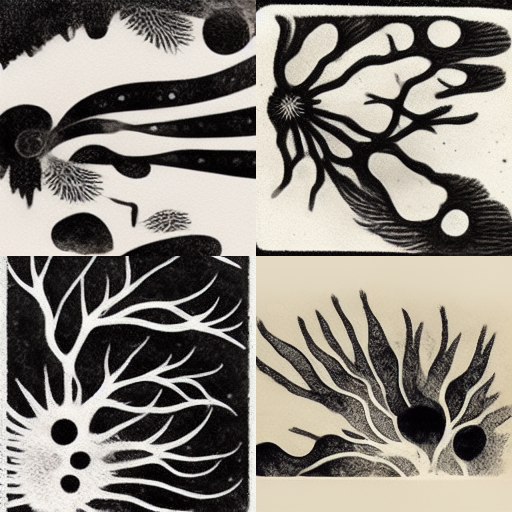
.png)
.png)
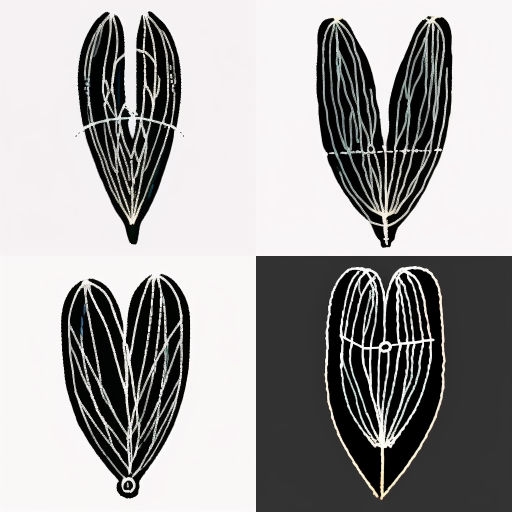
.png)
